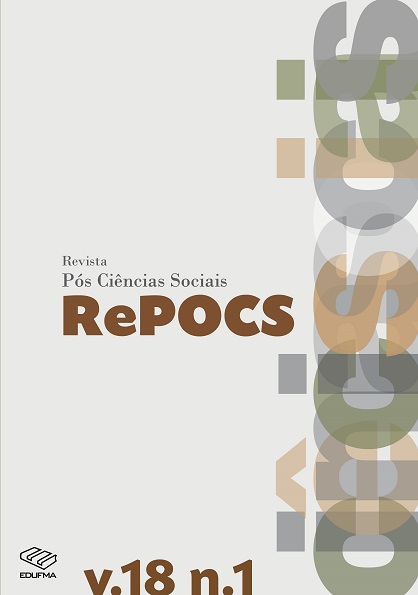UMA PROBLEMATIZAÇÃO DO CATOLICISMO DE MÃE DINÁH: DUPLO PÚBLICO E CONCEITO DE TRÂNSITO RELIGIOSO<br/><br/>A PROBLEMATIZATION OF MÃE DINÁH'S CATHOLICISM THROUGH THE STUDY OF ITS PUBLIC DOUBLE THROUGH THE CONCEPT OF RELIGIOUS TRAFFIC
DOI:
https://doi.org/10.18764/2236-9473.v18n1p175-198Palavras-chave:
Mãe Dináh, Catolicismo, Umbanda, Umbanda esotérica, | Mother Dináh, Catholicism, Esoteric umbandaResumo
Pretendemos investigar neste espaço, a religiosidade de uma figura pública, estrela” – Mãe Dinah, da perspectiva de Edgar Morin, por meio das lentes do trânsito religioso. O corpus analítico proveio de suas declarações veiculadas na mídia, e a nossa análise desconsiderou o alter-ego privado, Benedicta Finazza. Após levantar percepções da própria “estrela”, que se considerava católica, e de terceiros, que a consideravam umbandista, revisamos bibliograficamente essas religiosidades e nos detivemos sobre as declarações dadas. O resultado encontrado foi a interveniência de muitos sistemas simbólicos em sua prática católica. Isso significa que esse é um caso da publicização de uma religiosidade afro em plenos anos 1990, época em que ainda não havia ações afirmativas voltadas para incentivar a variedade religiosa. Acreditamos que isso ocorreu porque as adivinhações de Mãe Dináh, revestidas de linguagem católica, preenchiam um nicho de ansiedade temporal causada pela concepção linear de tempo cristã.
ABSTRACT
We intend to investigate in this space the religiosity of a public figure - “star” from the perspective of Edgar Morin - Mãe Dináh through the lens of religious traffic. The analytical corpus came from his statements in the media, so our analysis disregarded the private alter-ego, Benedicta Finazza. After raising perceptions of the “star” itself - who considered herself Catholic - and third parties - who considered her Umbanda - we bibliographically reviewed these religiosities and paused on the statements given. The result was that many symbolic systems intervened in their Catholic practice. This means that this is a case of publicizing Afro religiosity in the mid-1990s, a time when there were still no affirmative actions aimed at encouraging religious variety. We believe this was because Mother Dináh’s divinations, dressed in Catholic language, filled a niche of temporal anxiety caused by the linear conception of Christian time.
Downloads
Downloads
Publicado
Como Citar
Edição
Seção
Licença
Direitos autorais Revista Pós Ciências Sociais
Este obra está licenciado com uma Licença Creative Commons Atribuição 4.0 Internacional.


